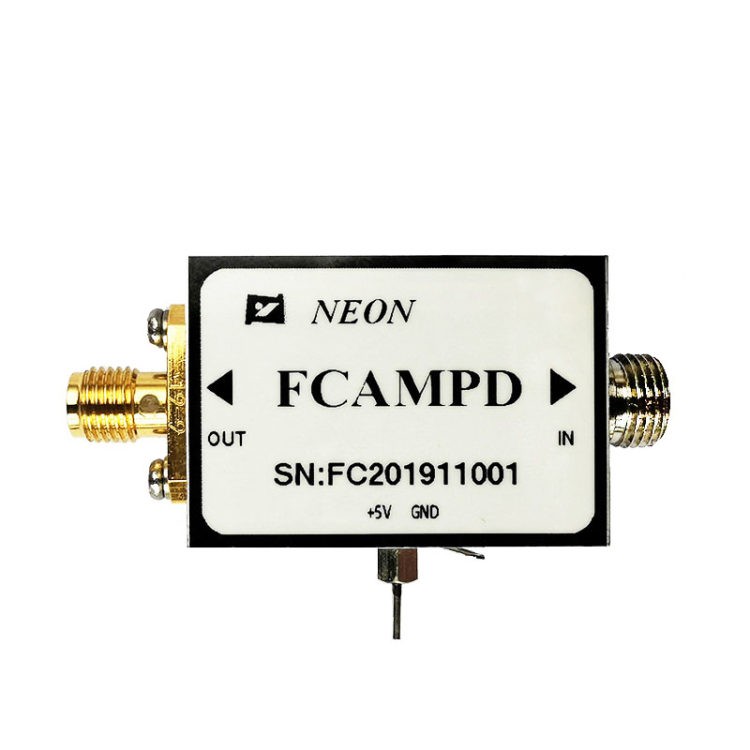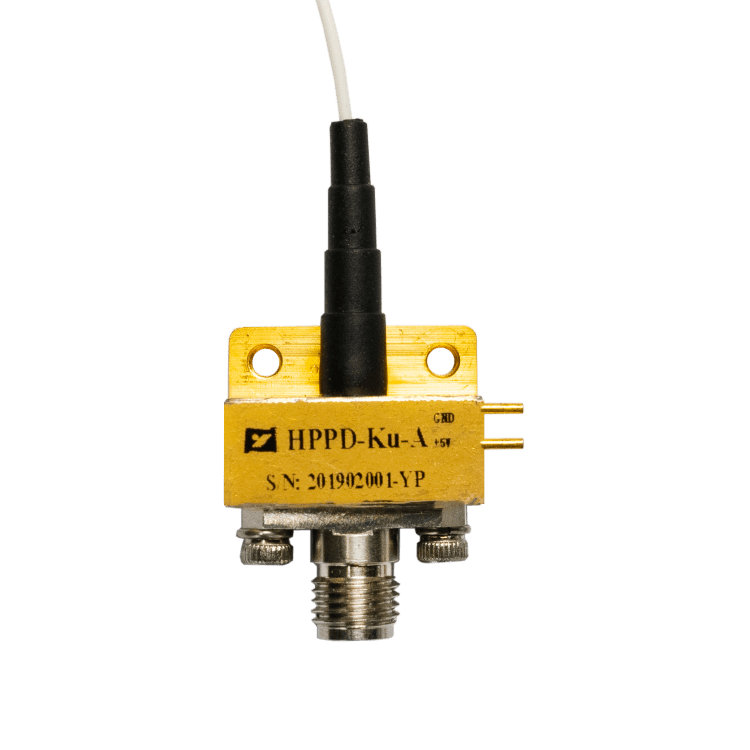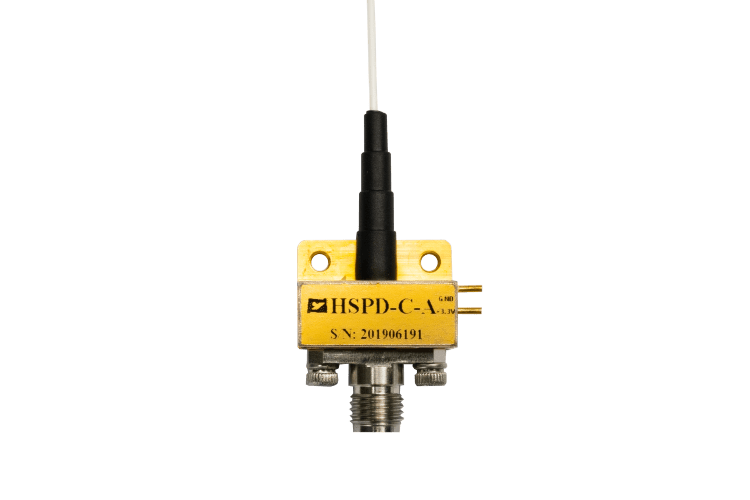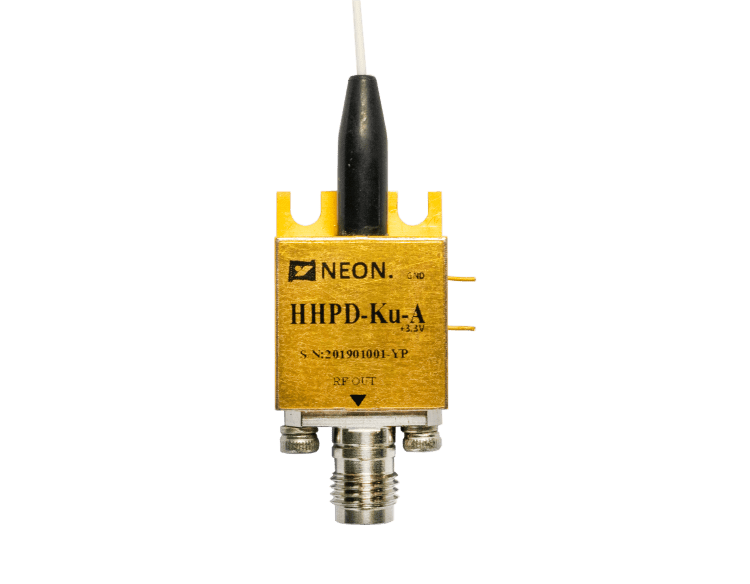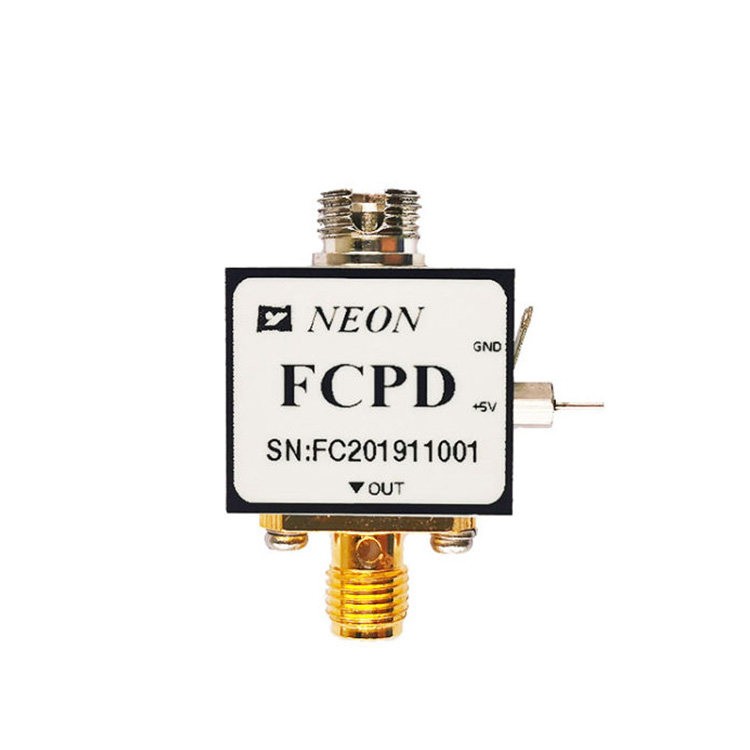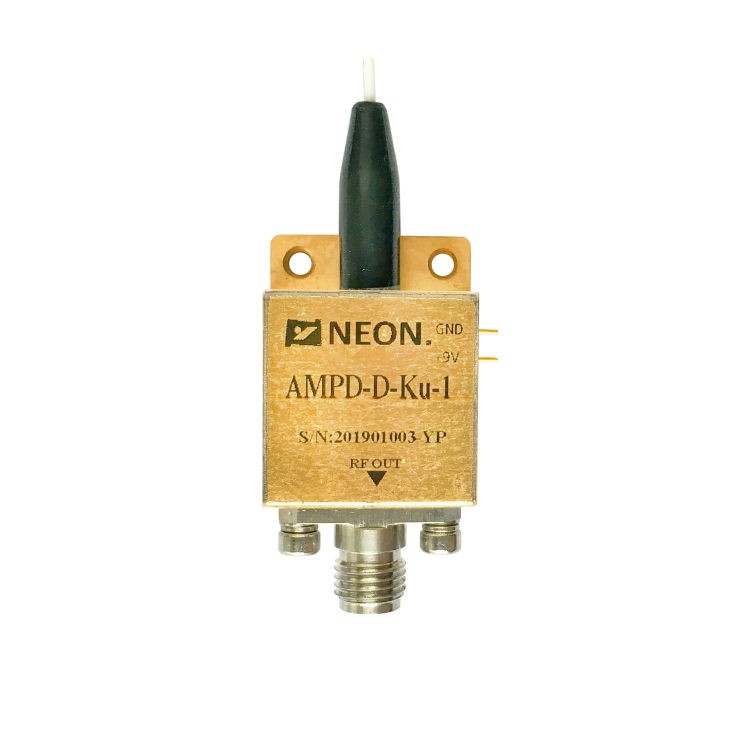The Difference Between Photodiode Detector and Photodiode Array Detector
Light holds a vast amount of information, from its intensity to its specific wavelengths. Detecting and interpreting this information is crucial for various applications. Photodiodes are a type of light detector that converts light into electrical current, offering a reliable and efficient way to interact with the world of light. This article delves into the inner workings of two prominent photodiode technologies: the photodiode detector and the photodiode array detector. We will explore their principles, applications, and key differences to provide you with a clear understanding of these valuable tools.
What is Photodiode?
A photodiode is a light-sensitive semiconductor device that converts light into electrical current. This phenomenon is based on the photoelectric effect, where incoming photons with sufficient energy excite electrons within the semiconductor material. These excited electrons jump to a higher energy state, creating electron-hole pairs. If an external voltage bias is applied across the photodiode, these free electrons are driven towards the positive electrode (anode), and the holes move towards the negative electrode (cathode), resulting in a measurable current. The magnitude of this current is directly proportional to the intensity of the incident light.
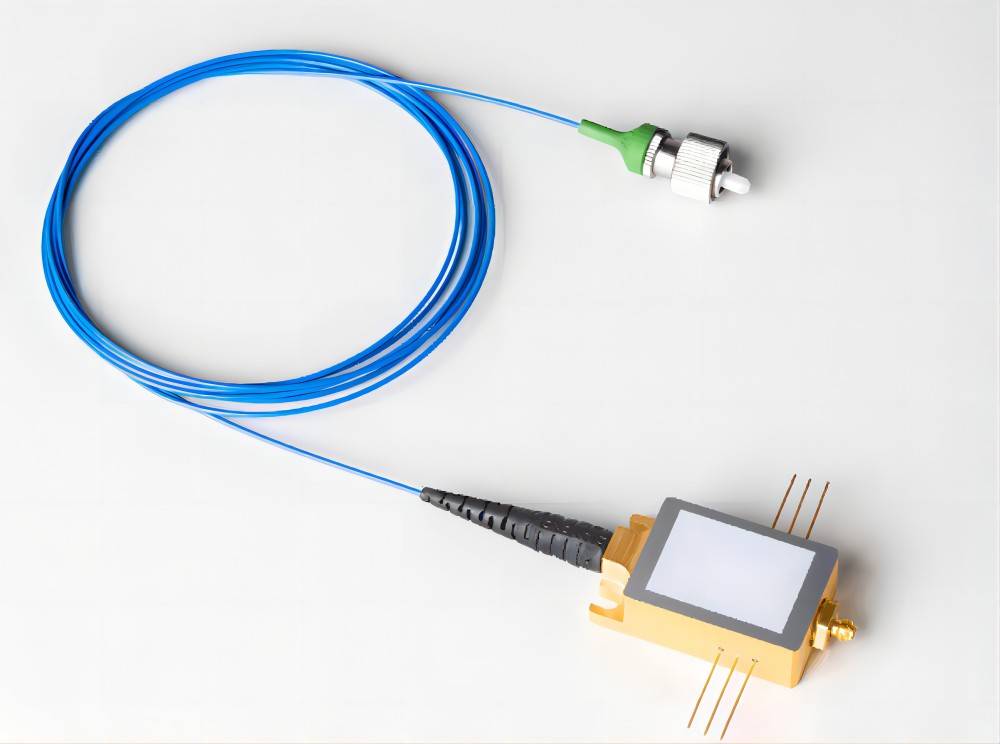
What are Photodiode Detectors?
Photodiode detectors consist of a photodiode element housed in a suitable package. The working principle aligns with the aforementioned description of the photoelectric effect. These detectors offer a straightforward approach to light intensity measurement. Light entering the detector’s active area generates a current proportional to the light’s power.
Applications of Photodiode Detectors
Photodiode detectors find applications in various scenarios where a simple and cost-effective light intensity measurement is required. Some prominent examples include:
- Smoke Alarms: Smoke particles scatter light, reducing the light intensity reaching a photodiode in a smoke alarm. This decrease in current triggers an alarm signal.
- Light Intensity Meters: These handheld devices measure the illuminance (light intensity) of a specific area. The photodiode converts the received light into a current, which is then processed electronically to display the lux or foot-candle value on a meter.
- Optical Encoders: In various rotary or linear position sensing applications, a photodiode detector can be used with a rotating or slotted disk to generate position information. The light pulses detected by the photodiode correspond to the disk’s rotation or movement.
What is a Photodiode Array Detector?
A photodiode array detector, also known as a diode array detector (DAD) or photodiode array (PDA), is a more sophisticated light detection device. It integrates a collection of individual photodiodes arranged in a linear or two-dimensional array on a single microchip. This configuration allows for simultaneous measurement of light intensity at multiple points or across a range of wavelengths.
Construction and Working Principles of Photodiode Arrays
Photodiode arrays typically consist of linear arrays containing tens to thousands of photodiodes or two-dimensional arrays with a matrix of photodiodes. Each photodiode element within the array functions based on the same photoelectric effect principle as a single photodiode. However, the key difference lies in their ability to capture light information at multiple points simultaneously.
The collected data from individual photodiodes needs to be efficiently retrieved. This is achieved through the use of readout integrated circuits (ROICs) embedded within the photodiode array. These specialized circuits are responsible for amplifying the weak currents generated by each photodiode and converting them into digital signals for further processing.
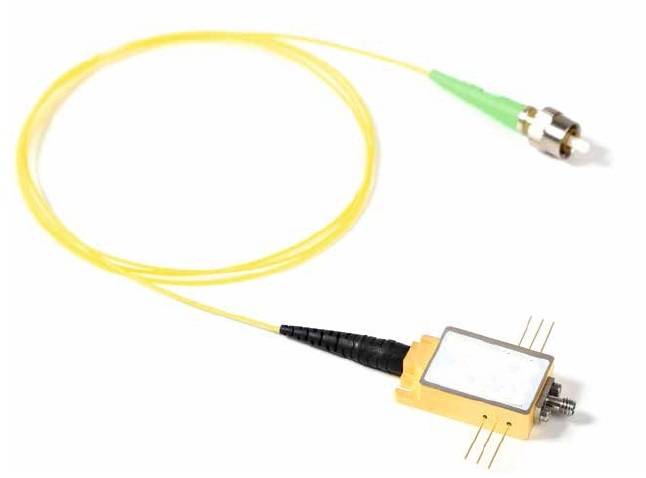
Advantages of Photodiode Array Detectors
Photodiode arrays offer several advantages over photodiode detectors:
- Spectral Information Capture: Each photodiode in the array is designed to be sensitive to a specific wavelength range of light. By measuring the current generated by each element, a photodiode array can capture the spectral distribution of the incoming light. This allows for the creation of a spectrum, a plot of light intensity versus wavelength, which holds valuable information about the composition of the light source or the material interacting with the light.
- Faster Data Acquisition: Compared to scanning a single photodiode across different wavelengths, photodiode arrays provide significantly faster data acquisition. This is particularly beneficial in applications where real-time spectral analysis is crucial.
Applications of Photodiode Array Detectors
The ability to capture spectral information makes photodiode arrays ideal for various applications, including:
- Spectroscopy: This analytical technique uses light-matter interaction to identify and quantify the components within a sample. Photodiode arrays are employed in ultraviolet-visible (UV-Vis) spectroscopy, where the absorption spectrum of a sample reveals its chemical composition.
- Color Imaging in Cameras: Modern digital cameras utilize color filter arrays (CFAs) placed over photodiode arrays. These CFAs allow each photodiode to capture a specific color component (red, green, or blue) of the incoming light. By combining the signals from individual photodiodes, the camera reconstructs a full-color image.
- Machine Vision and Object Recognition: Photodiode arrays play a vital role in machine vision systems. By analyzing the spatial and spectral information captured by the array, these systems can identify and classify objects on conveyor belts, inspect products for defects, or guide robots in automated tasks.
- Astronomical Observations: In astronomy, photodiode arrays are used in spectrographs to analyze the light emitted by celestial objects. The spectral fingerprints obtained from these detectors reveal information about the object’s composition, temperature, and even its motion relative to Earth.
- Biomedical Imaging: In some biomedical imaging techniques, photodiode arrays are employed to detect and analyze weak bioluminescence or fluorescence signals emitted by biological samples. This allows researchers to study cellular processes, track the distribution of specific molecules within tissues, or monitor the efficacy of drug treatments.
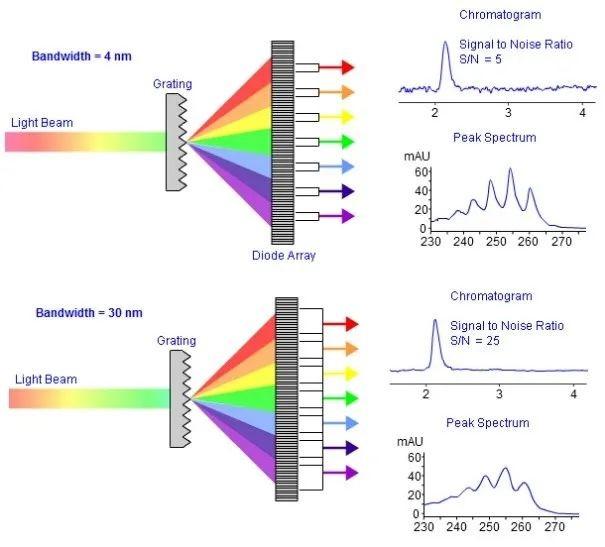
Key Differentiators: A Side-by-Side Comparison
While both photodiode detectors and photodiode array detectors play vital roles in light detection, they possess distinct characteristics. Here’s a table summarizing the key differences between them:
| Feature | Photodiode Detector | Photodiode Array Detector |
| Number of Light Sensing Elements | Single | Multiple (linear or 2D array) |
| Spectral Information Capture | No | Yes (captures light intensity vs. wavelength spectrum) |
| Data Acquisition Speed | Slow (requires scanning wavelengths) | Fast (simultaneous measurement) |
| Complexity | Simpler | More complex (integrated circuit) |
| Cost | Lower | Higher |
| Applications | Light intensity measurement, basic presence/absence detection | Spectroscopy, color imaging, high-resolution spatial information detection |
Tips for Choosing the Right Detector
The selection between a photodiode detector and a photodiode array detector hinges on the specific application requirements. Here are some key considerations:
- Need for Spectral Information: If your application solely requires measuring light intensity, a photodiode detector may suffice. However, if analyzing the spectral content of light is crucial, a photodiode array detector is the preferred choice.
- Speed Requirements: For applications demanding real-time light intensity or spectral data acquisition, a photodiode array detector offers a significant advantage due to its faster data collection capabilities.
- Cost Constraints: Photodiode detectors are generally less expensive than photodiode array detectors. If budget is a primary concern, and spectral information is not required, a photodiode detector might be a more suitable option.
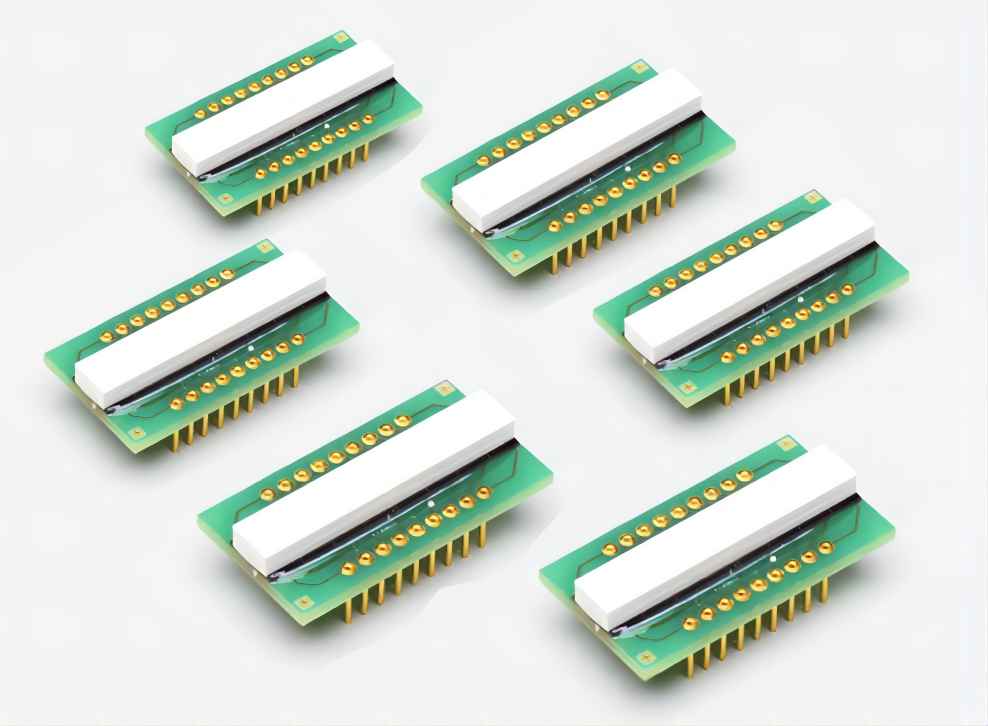
Conclusion
Photodiode detectors and photodiode array detectors represent versatile tools for light detection. Understanding their working principles, strengths, and limitations is essential for selecting the appropriate detector for your specific needs. Photodiode detectors provide a simple and cost-effective approach to light intensity measurement, while photodiode array detectors unlock the power of spectral analysis and faster data acquisition. As technology continues to evolve, these detector types will undoubtedly play an increasingly important role in various scientific and industrial applications.


